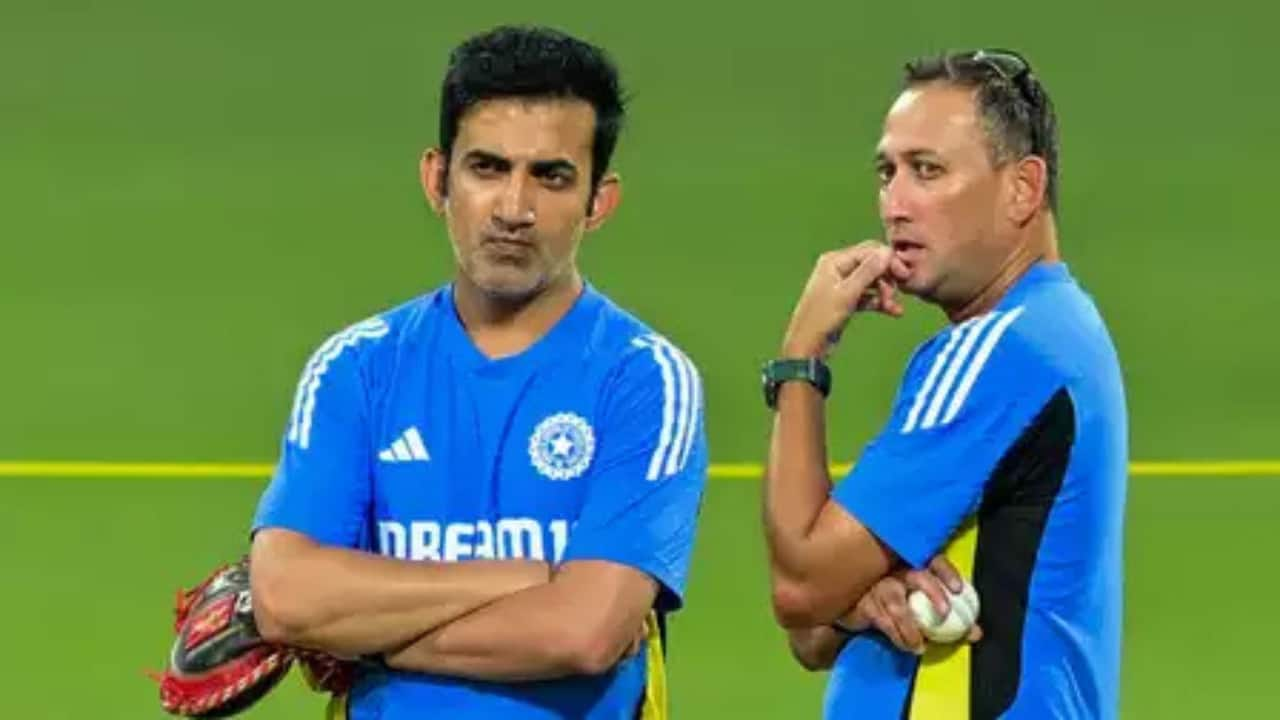 |
|
The recent underperformance of the Indian cricket team in Test series against New Zealand and Australia has sparked intense debate regarding the future of the captaincy. The BCCI review meeting addressed this crucial issue, with various names being considered as potential successors to Rohit Sharma. While the 37-year-old Rohit Sharma has indicated he will remain captain until a suitable replacement is found, the search for his successor is far from settled. A key point of contention within the selection committee appears to be the preferred candidate for this prestigious role.
One prominent voice advocating for a specific candidate is former Indian cricketer and current head coach Gautam Gambhir. Gambhir has publicly expressed his strong support for Yashasvi Jaiswal, the 23-year-old rising star, as the next captain of the Indian cricket team. This preference is in contrast to other opinions within the selection committee and the team. While the exact reasoning behind Gambhir’s preference for Jaiswal isn’t fully detailed in available reports, it likely reflects a belief in Jaiswal’s leadership potential and the need for fresh leadership to revitalize the team's performance and improve morale. The youthfulness of Jaiswal might appeal to Gambhir, who sees him as a symbol of a new generation of leadership and could potentially infuse the team with fresh dynamism and a modern approach.
The selection committee, however, seems to have a different perspective, with reports suggesting a preference for Rishabh Pant. Pant’s experience leading the Delhi domestic team and his brief stint as captain of the Indian T20I team in a substitute role provide evidence of his captaincy capabilities. The committee’s support for Pant possibly stems from a belief in his more established experience and the need for a steady hand given the turmoil the team has experienced lately. It seems likely that the committee prioritizes experience and proven track record over potential in the choice of captain, leading to the divergence of opinions between Gambhir and the selection committee.
Another critical aspect of the captaincy succession plan revolves around Jasprit Bumrah. Bumrah's potential as a future captain has been discussed, particularly in the Test format. However, the significant concern revolving around Bumrah is his fitness record. His injury history raises questions about his long-term reliability as captain, and the team’s heavy reliance on him. Therefore, the selection committee is also focused on identifying a strong vice-captain who can adequately cover for Bumrah's potential absences, mirroring the strategy adopted by the Australian cricket team with Pat Cummins. The choice of vice-captain is therefore equally important as the choice of main captain, as it ensures leadership continuity and stability.
Suryakumar Yadav’s name has also surfaced in discussions. However, his inconsistent form and struggles to secure a regular spot in the ODI lineup have seemingly diminished his chances of becoming the next captain, especially considering the reported reluctance to appoint separate captains for different formats. This strategy could be an attempt to create better unity and streamlined decision-making within the team. The consensus appears to be leaning towards a single captain leading both Test and ODI matches, implying that either Bumrah or another capable candidate must fill this combined role if such a decision is finalized. Thus, the issue of the team's captaincy is entangled with the question of vice-captaincy and overall team strategy, ensuring that a proper balance of individual skills, team chemistry and leadership is carefully considered.
The decision on India's next captain is expected to be finalized after the Champions Trophy, allowing the BCCI and the selection committee to assess the current team’s performance and make an informed decision. This time frame provides an opportunity to review the team's dynamics, assess player form, and make a choice that best serves the team's long-term goals. This careful approach should also help to mitigate any potential disruptions to the team's momentum and maintain a sense of stability during the transition phase of leadership. Ultimately, the choice will have far-reaching consequences for the future of Indian cricket. The selection must not only be strategically sound, but also must consider how to rebuild team morale, address past shortcomings and effectively guide the team towards future success in international competition.
